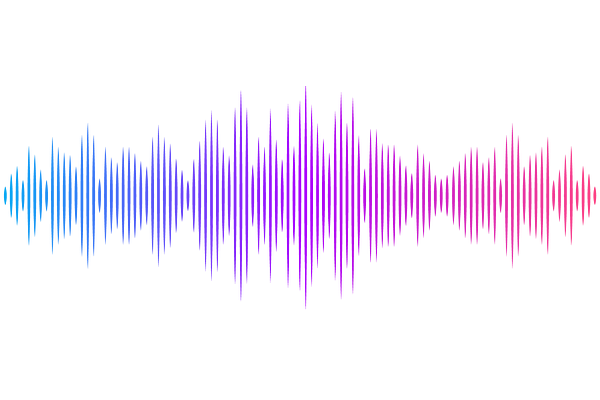Reduced Auditory Perception and Brain Response with Quiet TMS Coil

Reduced Auditory Perception and Brain Response with Quiet TMS Coil
Murphy, D. L. K.; Koponen, L. M.; Wood, E.; Li, Y.; Bukhari-Parlakturk, N.; Goetz, S. M.; Peterchev, A. V.
AbstractBACKGROUND: Electromagnetic forces in transcranial magnetic stimulation (TMS) coils generate a loud clicking sound that produces confounding auditory activation and is potentially hazardous to hearing. To reduce this noise while maintaining stimulation efficiency similar to conventional TMS coils, we previously developed a quiet TMS double containment coil (qTMS-DCC). OBJECTIVE: To compare the stimulation strength, perceived loudness, and EEG response between qTMS-DCC and a commercial TMS coil. METHODS: Nine healthy volunteers participated in a within-subject study design. The resting motor thresholds (RMTs) for qTMS-DCC and MagVenture Cool-B65 were measured. Psychoacoustic titration matched the Cool-B65 loudness to qTMS-DCC pulsed at 80, 100, and 120% RMT. Event-related potentials (ERPs) were recorded for both coils. The psychoacoustic titration and ERPs were acquired with the coils both on and 6 cm off the scalp, the latter isolating the effects of airborne auditory stimulation from body sound and electromagnetic stimulation. The ERP comparisons focused on a centro-frontal region that encompassed peak responses in the global signal. RESULTS: RMT did not differ significantly between the coils, with or without the EEG cap on the head. qTMS-DCC was perceived to be substantially quieter than Cool-B65. For example, qTMS-DCC at 100% coil-specific RMT sounded like Cool-B65 at 34% RMT. The general ERP waveform and topography were similar between the two coils, as were early-latency components, indicating comparable electromagnetic brain stimulation in the on-scalp condition. qTMS-DCC had a significantly smaller P180 component in both on-scalp and off-scalp conditions, supporting reduced auditory activation. CONCLUSIONS: The stimulation efficiency of qTMS-DCC matched Cool-B65, while having substantially lower perceived loudness and auditory-evoked potentials.